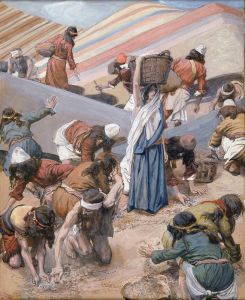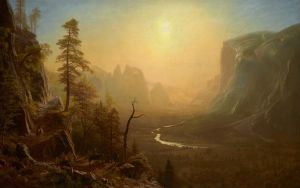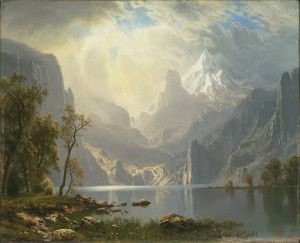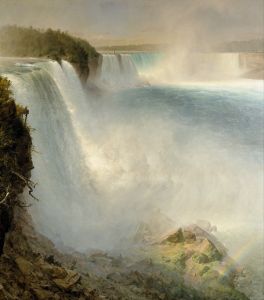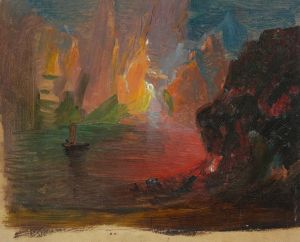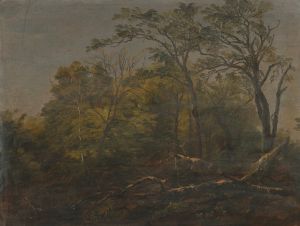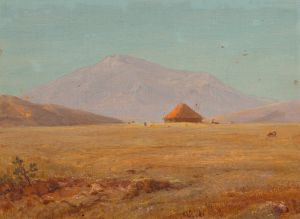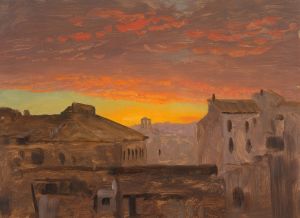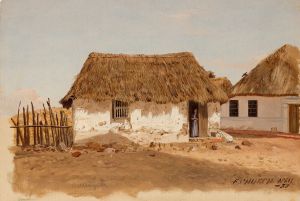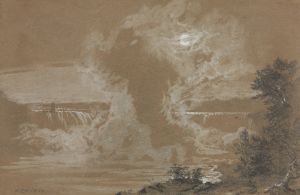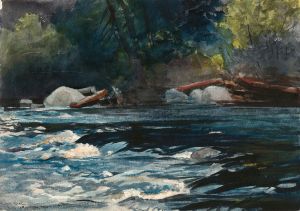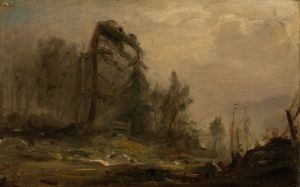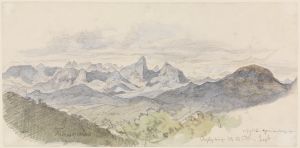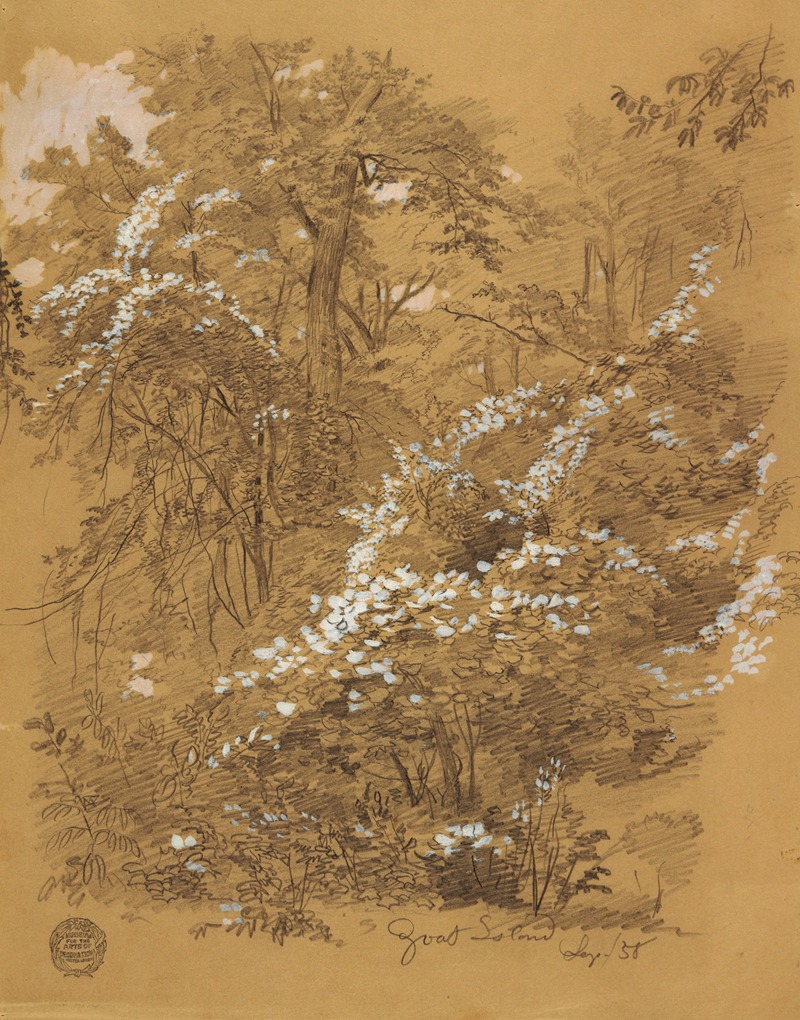
Woodland Scene, Goat Island, Niagara River, New York
A hand-painted replica of Frederic Edwin Church’s masterpiece Woodland Scene, Goat Island, Niagara River, New York, meticulously crafted by professional artists to capture the true essence of the original. Each piece is created with museum-quality canvas and rare mineral pigments, carefully painted by experienced artists with delicate brushstrokes and rich, layered colors to perfectly recreate the texture of the original artwork. Unlike machine-printed reproductions, this hand-painted version brings the painting to life, infused with the artist’s emotions and skill in every stroke. Whether for personal collection or home decoration, it instantly elevates the artistic atmosphere of any space.
Frederic Edwin Church, a prominent figure in the Hudson River School of American landscape painting, created the artwork "Woodland Scene, Goat Island, Niagara River, New York." This painting exemplifies Church's dedication to capturing the grandeur and beauty of the American landscape, a hallmark of the Hudson River School movement. Church, born in 1826 in Hartford, Connecticut, was a student of Thomas Cole, the founder of the Hudson River School. Under Cole's mentorship, Church developed a keen eye for detail and a profound appreciation for the natural world, which he expressed through his art.
"Woodland Scene, Goat Island, Niagara River, New York" is one of Church's many works that depict the natural beauty of the United States. Goat Island is located in the Niagara River, between the Bridal Veil Falls and the Horseshoe Falls, part of the famous Niagara Falls. This location has long been a source of inspiration for artists and tourists alike, known for its stunning vistas and the powerful presence of the falls.
Church's painting captures the serene and lush environment of Goat Island, focusing on the woodland area rather than the falls themselves. This choice highlights Church's ability to find beauty in the quieter, more intimate aspects of nature, contrasting with his more famous works that often depict grand, sweeping landscapes. The painting likely showcases Church's skillful use of light and shadow, a technique he mastered to bring depth and realism to his landscapes.
Throughout his career, Church was known for his meticulous attention to detail and his ability to convey the sublime beauty of nature. His works often included dramatic lighting, vivid colors, and intricate details that invited viewers to explore the scene and appreciate the complexity of the natural world. Church's paintings were not only artistic achievements but also reflections of the 19th-century American spirit, which celebrated exploration, discovery, and the vast, untamed wilderness of the continent.
"Woodland Scene, Goat Island, Niagara River, New York" fits within this context, offering viewers a glimpse into the tranquil yet vibrant ecosystem of Goat Island. While specific details about the painting's creation, such as its exact date or current location, may not be widely documented, it remains an example of Church's broader body of work that emphasizes the beauty and diversity of the American landscape.
Frederic Edwin Church's contributions to American art extend beyond his paintings. He was an influential figure in the cultural landscape of his time, and his works continue to be celebrated for their artistic merit and historical significance. Church's legacy is preserved in numerous collections, including those of major museums and galleries, where his paintings continue to inspire and captivate audiences with their beauty and attention to the natural world.
In summary, "Woodland Scene, Goat Island, Niagara River, New York" by Frederic Edwin Church is a testament to the artist's skill and his dedication to portraying the American landscape with precision and reverence. Through this work, Church invites viewers to appreciate the serene beauty of Goat Island, offering a moment of reflection amidst the grandeur of Niagara Falls.





